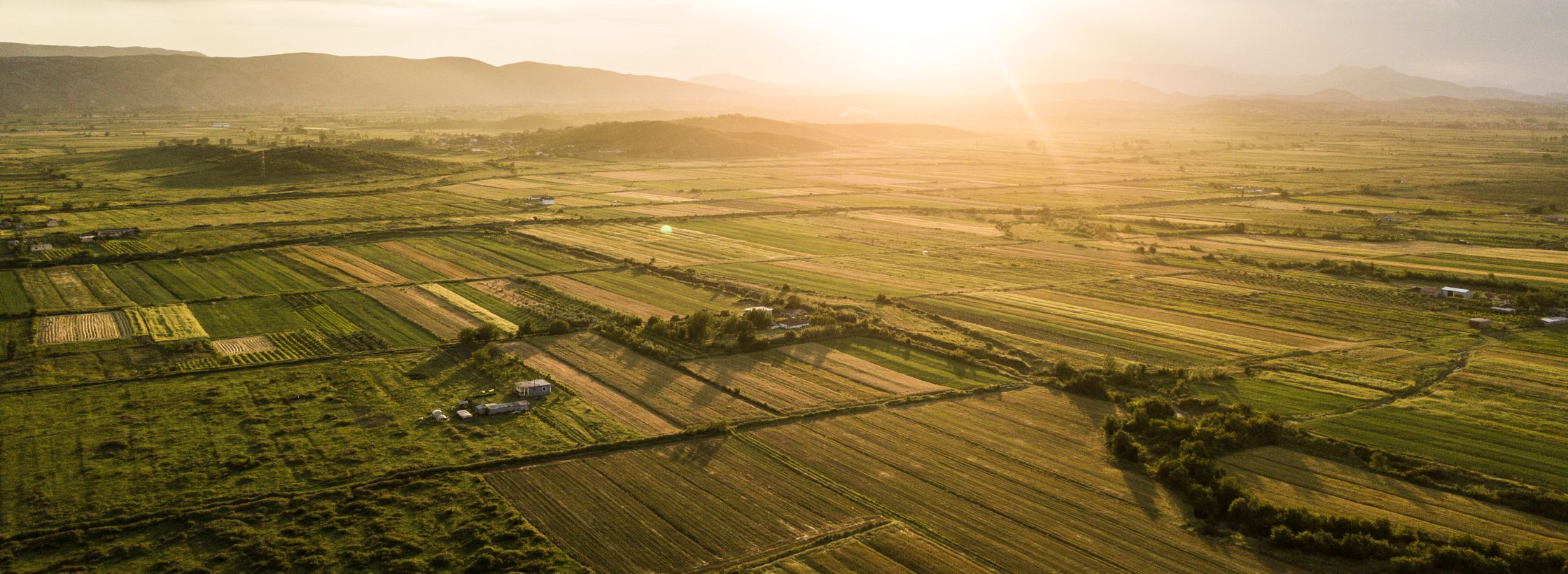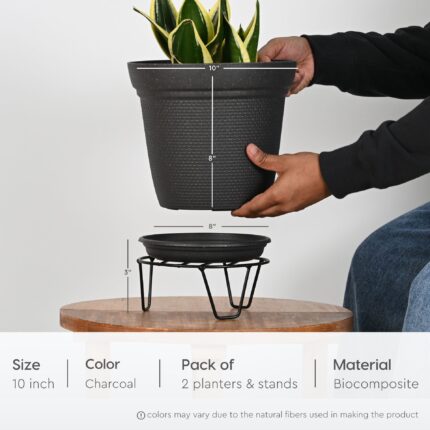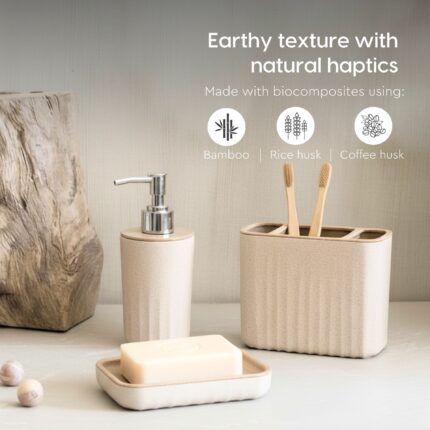Sustainable Land Management: Creating Healthier Communities

Sustainable Land Management: Creating Healthier Communities
Sustainable land management is essential for preserving soil health, conserving resources, and ensuring that future generations can continue to thrive on a healthy planet.
Have you ever wondered how much land management really affects the world around us? It’s easy to forget, but the health of the land we use for farming, construction, or even just for nature’s sake has a major impact on our daily lives. From the food we eat to the air we breathe, sustainable land management plays a huge role in shaping our environment. But, how do we ensure that we’re managing our land in a way that’s both beneficial to the planet and to future generations?
Let’s face it: climate change is a real threat. You’ve likely seen the rising temperatures, the unpredictable weather patterns, and the effect it’s having on the environment. As a consumer, it can feel overwhelming to know where to start when it comes to reducing our impact. But, one of the best places to look for solutions is through sustainable land management. So, how does sustainable land management actually work, and how can it help communities become healthier while tackling climate change? Let’s break it down.
What Is Sustainable Land Management, and Why Does It Matter?
You might be thinking, “Isn’t land management just about farming or landscaping?” Well, yes, but it’s much more than that. Sustainable land management (SLM) is about managing land in a way that improves soil health, conserves resources, and helps mitigate climate change. It’s a concept that’s rapidly gaining traction as more people realize how crucial it is for creating healthier communities.
The main goal of sustainable land management is to ensure that land can continue to serve the needs of humans while protecting the environment. This involves using practices that conserve soil, water, and biodiversity, all while ensuring that the land can keep providing for future generations. With the right practices, we can not only combat climate change but also foster healthier, more resilient communities.
How Sustainable Land Management Helps Combat Climate Change
Climate change is affecting everyone, from coastal cities dealing with rising sea levels to farmers struggling with droughts and floods. So, how does sustainable land management fit into this picture? The answer lies in how we use the land and the resources that come with it.
Sustainable land management practices help combat climate change in several ways:
Soil Health: Healthy soil acts as a natural carbon sink. When soil is managed properly, it can absorb carbon dioxide from the atmosphere, helping to reduce greenhouse gases.
Water Conservation: Proper land management helps conserve water, reducing the need for irrigation and minimizing water waste.
Preventing Land Degradation: Practices like crop rotation and agroforestry protect the land from degradation and deforestation, which contribute to carbon emissions.
By integrating sustainable practices into land management, communities can reduce their carbon footprint, improve the resilience of the land, and contribute to the fight against climate change.
Soil Health: The Backbone of Sustainable Land Management
When we talk about sustainable land management, one of the key focus areas is soil health. Why? Because soil is at the heart of everything we do—it’s where our food grows, it’s where plants thrive, and it plays a crucial role in regulating the planet’s carbon cycle.
So, what exactly makes soil healthy? For starters, healthy soil is rich in organic matter, has good water retention, and supports a variety of microorganisms. But maintaining soil health goes beyond just throwing some compost on the ground. It requires using practices that preserve and nurture the soil, like:
No-Till Farming: This practice involves planting crops without disturbing the soil. It helps preserve the soil structure, increases water retention, and reduces soil erosion.
Cover Crops: These crops are planted between main crop cycles to protect and improve soil health. They help fix nitrogen in the soil and prevent erosion.
Organic Fertilizers: Instead of relying on synthetic fertilizers, farmers use organic matter (like compost or manure) to nourish the soil, which helps maintain its fertility in the long term.
With proper soil management, land can become more resilient to climate change, and crops can continue to grow in ways that benefit both farmers and the environment. Healthy soil is the foundation of sustainable land management, and it’s key to reducing the environmental impacts of farming and land use.
How Sustainable Land Management Benefits Communities
At its core, land management isn’t just about the environment; it’s about people too. Communities that implement land management practices are healthier, wealthier, and more resilient. By focusing on things like conserving water, reducing soil erosion, and improving air quality, these communities create a more sustainable future.
Here’s how SLM benefits communities:
Better Health: Less exposure to chemicals and toxins in the environment leads to improved health outcomes for individuals in the community.
Stronger Local Economies: Sustainable farming methods increase the long-term productivity of land, leading to better economic stability for farmers and local businesses.
Increased Resilience: Communities that practice SLM are better prepared to deal with the impacts of climate change, whether it’s extreme weather events or shifting agricultural patterns.
For example, a community that focuses on land management practices might implement a rainwater harvesting system, which conserves water and ensures a steady supply even during droughts. This reduces reliance on external water sources and lowers costs for residents. Similarly, sustainable farming practices like agroforestry can provide multiple benefits by boosting crop yields while also preserving forests.
How Can You Contribute to Sustainable Land Management?
Okay, so you’re probably thinking, “That all sounds great, but what can I do to help?” Well, even as a consumer, there are plenty of ways you can support eco friendly land management and help communities thrive.
One of the simplest ways is by choosing products that align with the principles of sustainability. From eco-friendly drinkware, tableware, storage to upcycled planters, many companies are now focusing on creating products that help reduce environmental impact. These products are often made using sustainable materials and processes, supporting efforts to conserve resources and protect soil health.
Additionally, if you’re into gardening or home projects, you can incorporate sustainable practices like:
Using Organic Materials: Choose biodegradable or organic pots, planters, and storage solutions that contribute to reducing waste.
Composting: If you have a garden, consider composting your food scraps. This helps improve soil health and reduces landfill waste.
Supporting Fair Trade and Eco-Conscious Brands: Look for products that promote sustainable land management practices, like those from companies that prioritize responsible sourcing, upcycling, and reducing carbon footprints.
The Circular Economy and Sustainable Land Management
Earth friendly land management isn’t just about how land is used; it’s also about how we view resources. That’s where the circular economy comes into play. The circular economy is all about reusing, recycling, and reducing waste, and it fits perfectly with sustainable land management principles.
By focusing on the reuse and recycling of materials, we help reduce the pressure on land and natural resources. Take, for example, a company that produces storage containers made from recycled materials or mugs made from sustainable clay. These products are part of a larger movement that supports both sustainable land management and the circular economy by reusing materials and reducing waste.
Conclusion: Working Together for a Healthier Planet
At the end of the day, sustainable land management isn’t just a concept for farmers or landowners—it’s something we can all be a part of. Whether it’s supporting eco-friendly businesses or adopting sustainable practices in our own lives, we all have a role to play in combating climate change and promoting soil health.
By focusing on practices that conserve resources, protect the land, and support healthier communities, sustainable land management is helping to pave the way for a brighter future. So next time you shop for home or office products—whether it’s a planter, a mug, or a piece of storage—remember that each choice can contribute to a greener, more sustainable world.
Visit eha’s range of sustainable tableware to choose, made with biocomposite materials using crop-waste such as rice husk, bamboo fibers and coffee husk.
If you are looking at developing new range of earth friendly gardenware speak to experts at Mynusco.














































